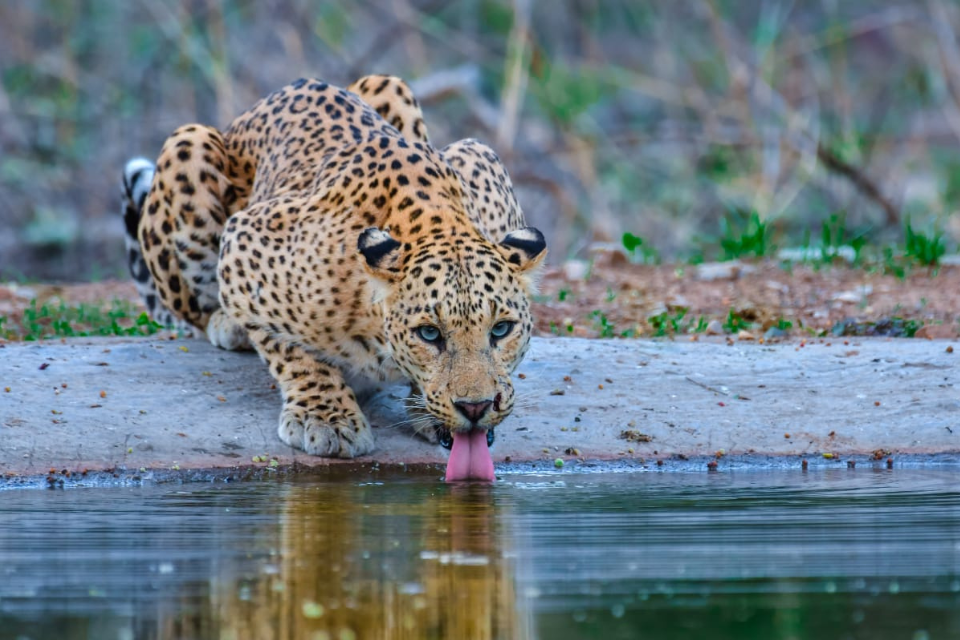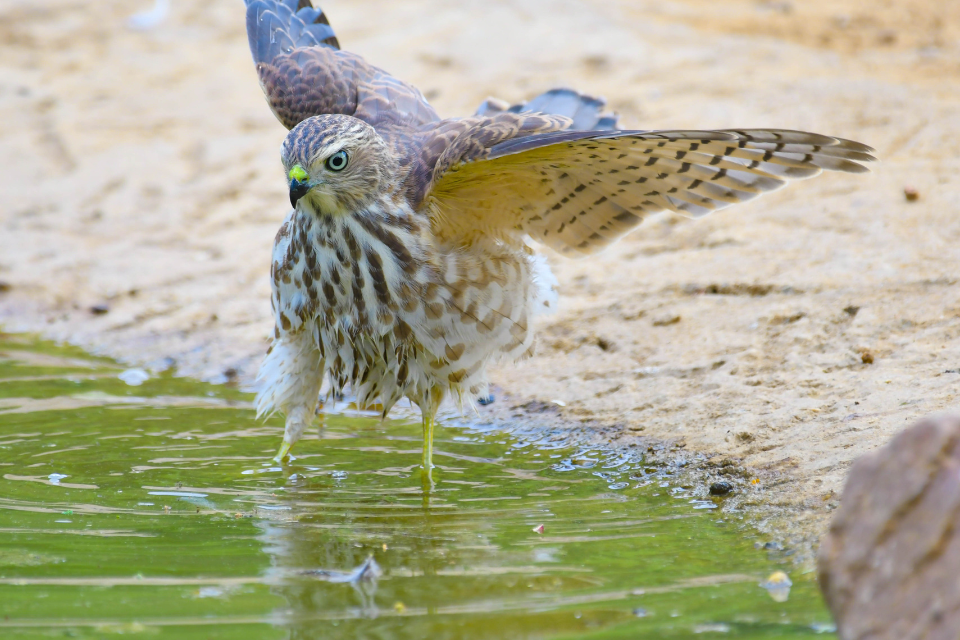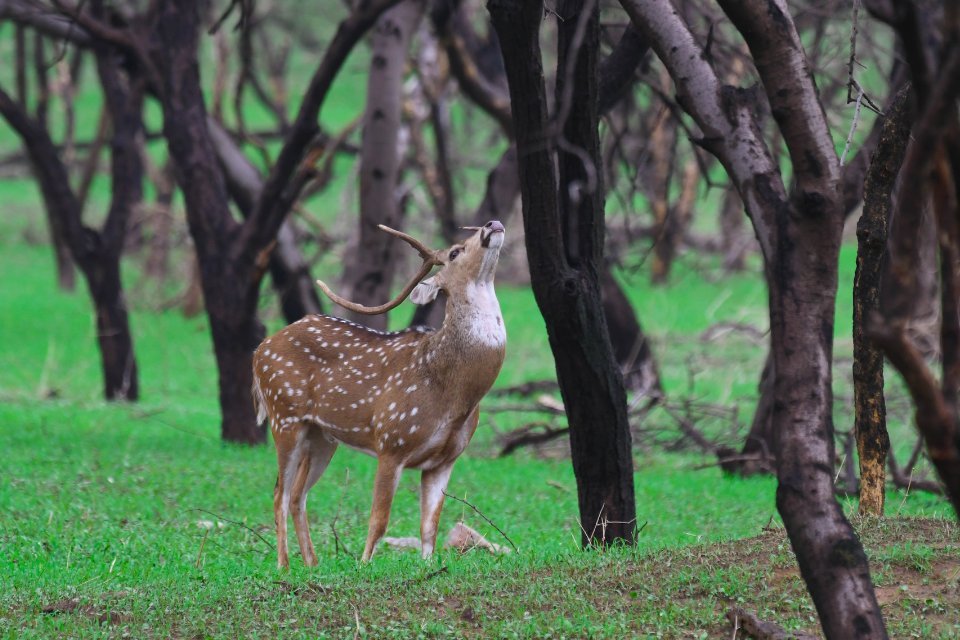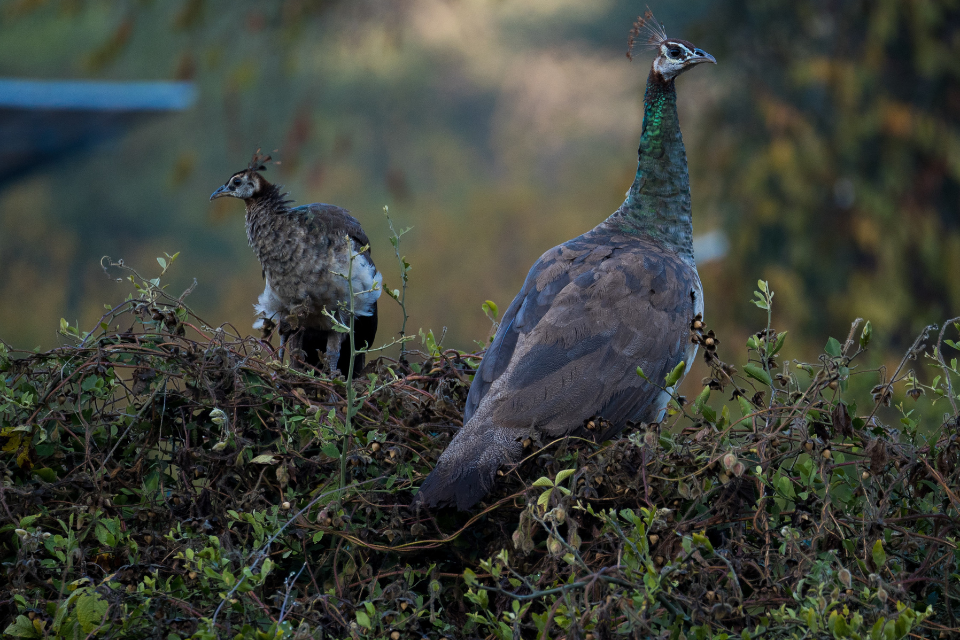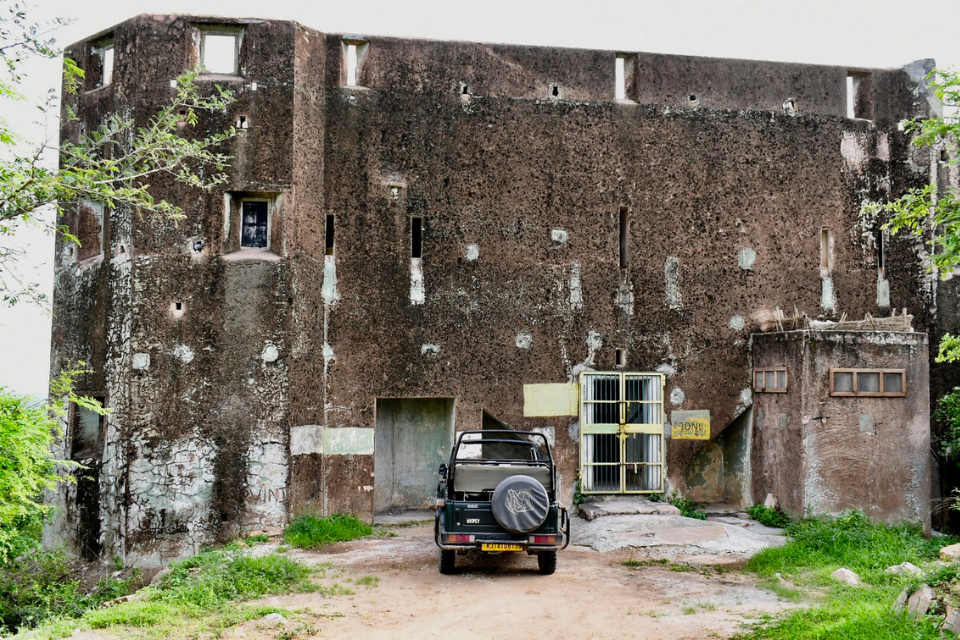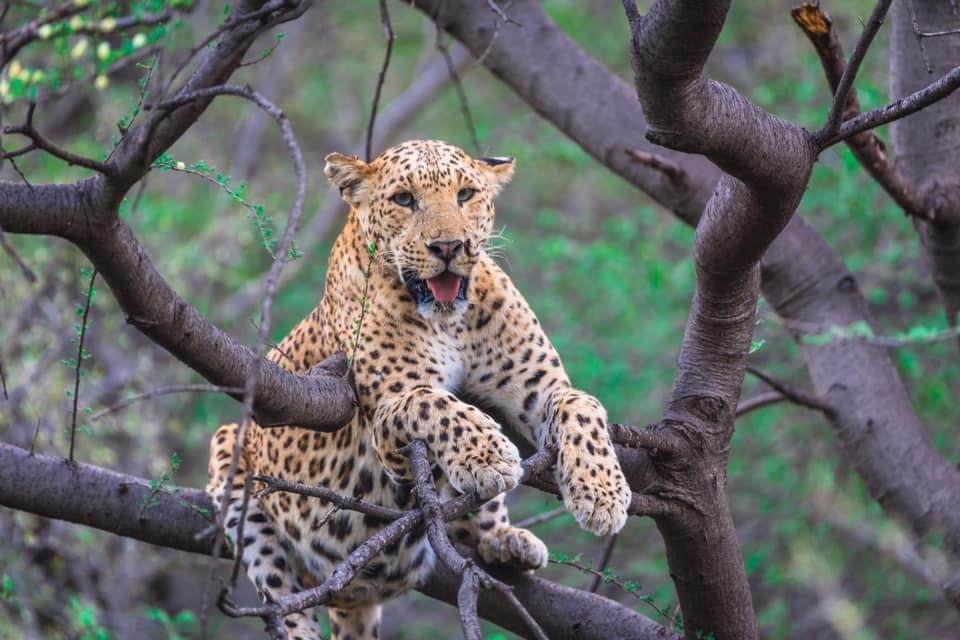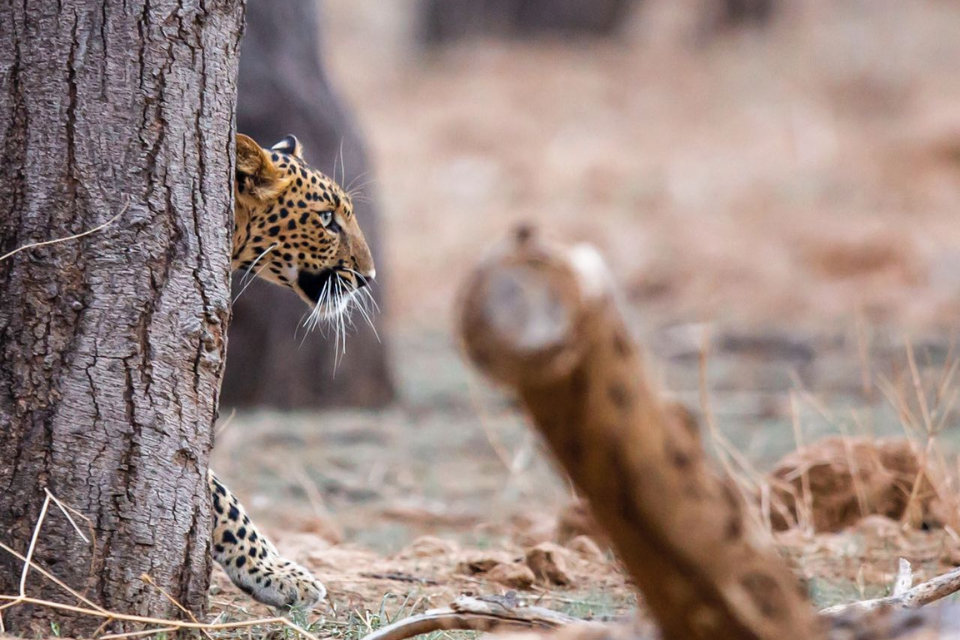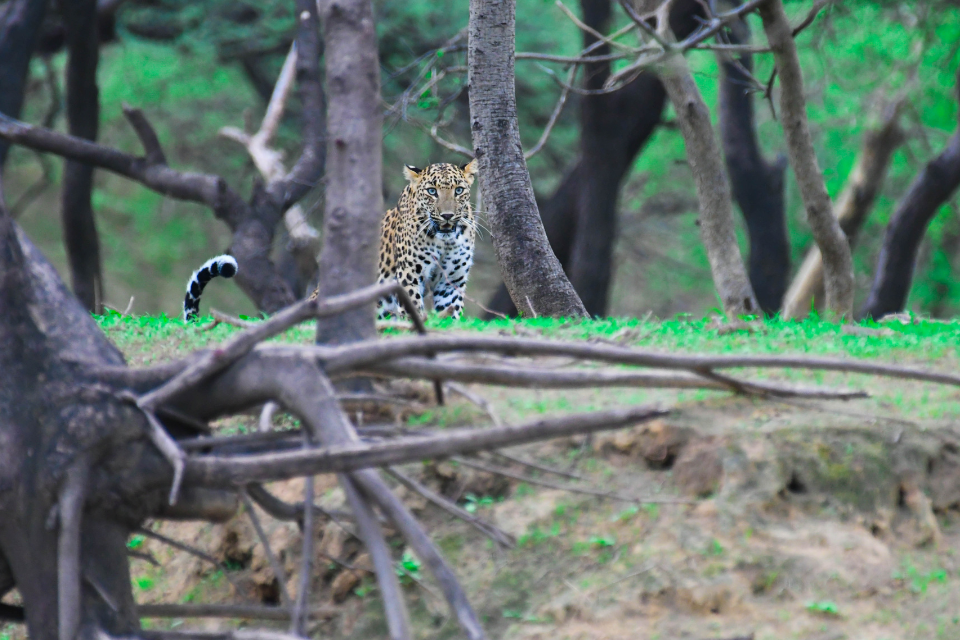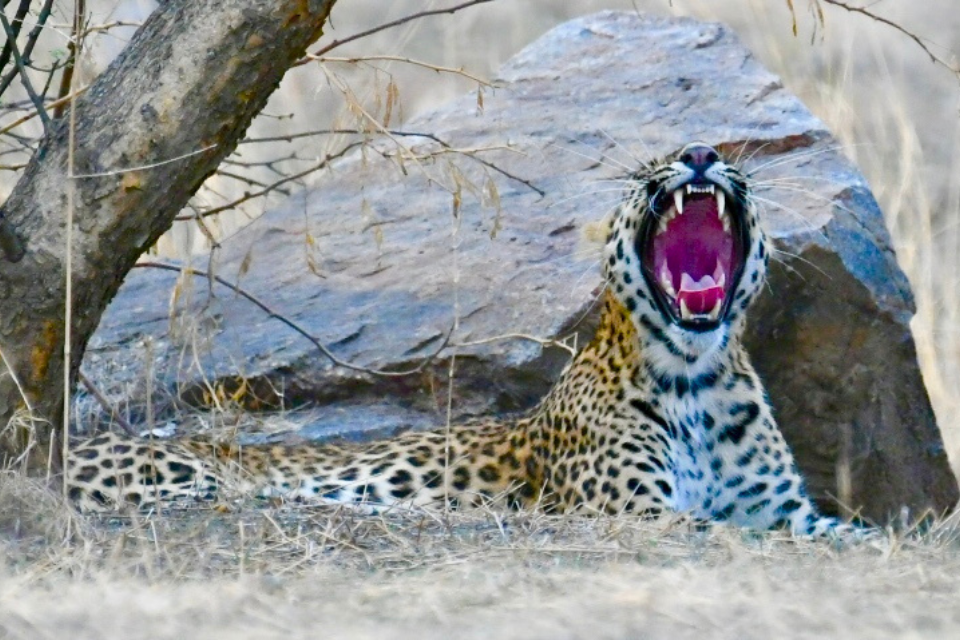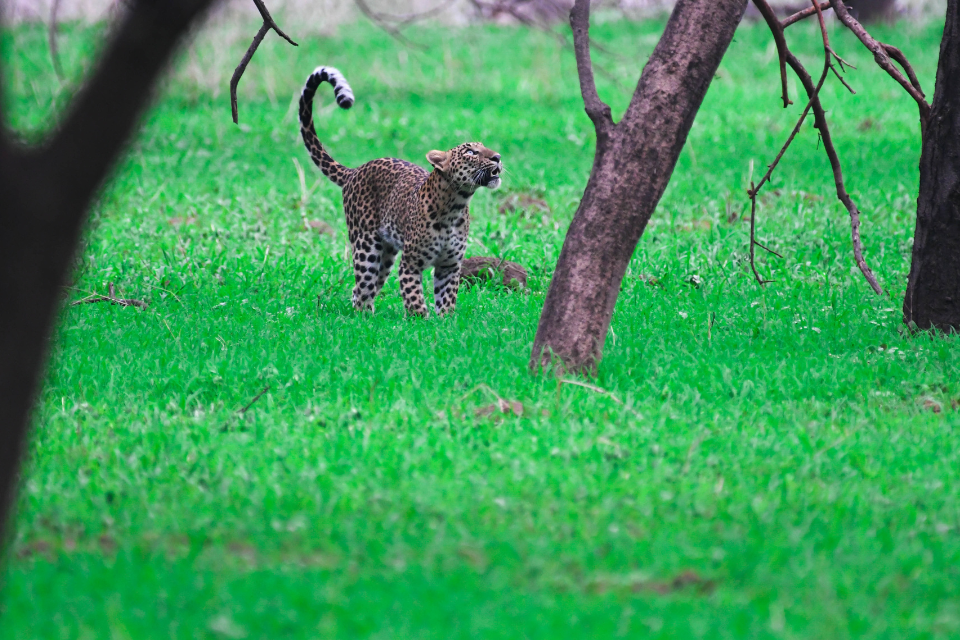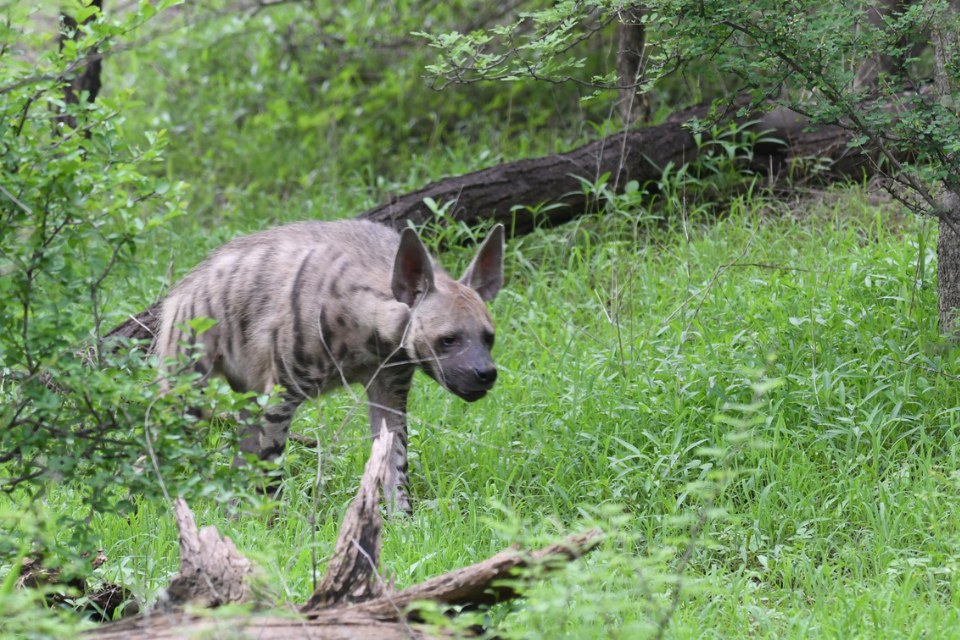- March 20, 2025
Keoladeo National Park: A Birdwatcher’s Paradise in Rajasthan
Rajasthan is famous for its royal palaces, golden deserts, and tiger reserves, but did you know that it is also home to one of the world’s best bird sanctuaries? Keoladeo National Park, also known as Bharatpur Bird Sanctuary, is a UNESCO World Heritage Site and a dream destination for birdwatchers, wildlife photographers, and nature lovers.
Located in Bharatpur, Rajasthan, this man-made wetland attracts thousands of migratory birds every year, including the rare Siberian Crane. Whether you are an experienced birdwatcher or just a nature enthusiast looking for a peaceful retreat, Keoladeo National Park is a must-visit.
Let’s explore what makes this bird sanctuary so special and why it should be on every traveler’s bucket list.
- Where is Keoladeo National Park Located?
📍 Location: Bharatpur, Rajasthan
📏 Total Area: 29 sq km
🌊 Type of Habitat: Wetlands, woodlands, and grasslands
Keoladeo National Park is strategically located between the Ganga and Yamuna river basins, making it an ideal breeding and feeding ground for birds.
The park was originally a hunting ground for the Maharajas of Bharatpur, but in 1982, it was declared a National Park, and in 1985, it became a UNESCO World Heritage Site.
- Why is Keoladeo National Park Special?
✔ One of the best bird sanctuaries in the world
✔ Home to more than 370 species of birds
✔ A key stopover for migratory birds from as far as Siberia, Europe, and China
✔ An easy-to-explore park with bicycles, rickshaws, and walking trails
✔ A peaceful, pollution-free environment perfect for nature lovers
Unlike other wildlife parks where you need jeep safaris, Keoladeo offers a quiet, immersive experience where you can explore at your own pace.
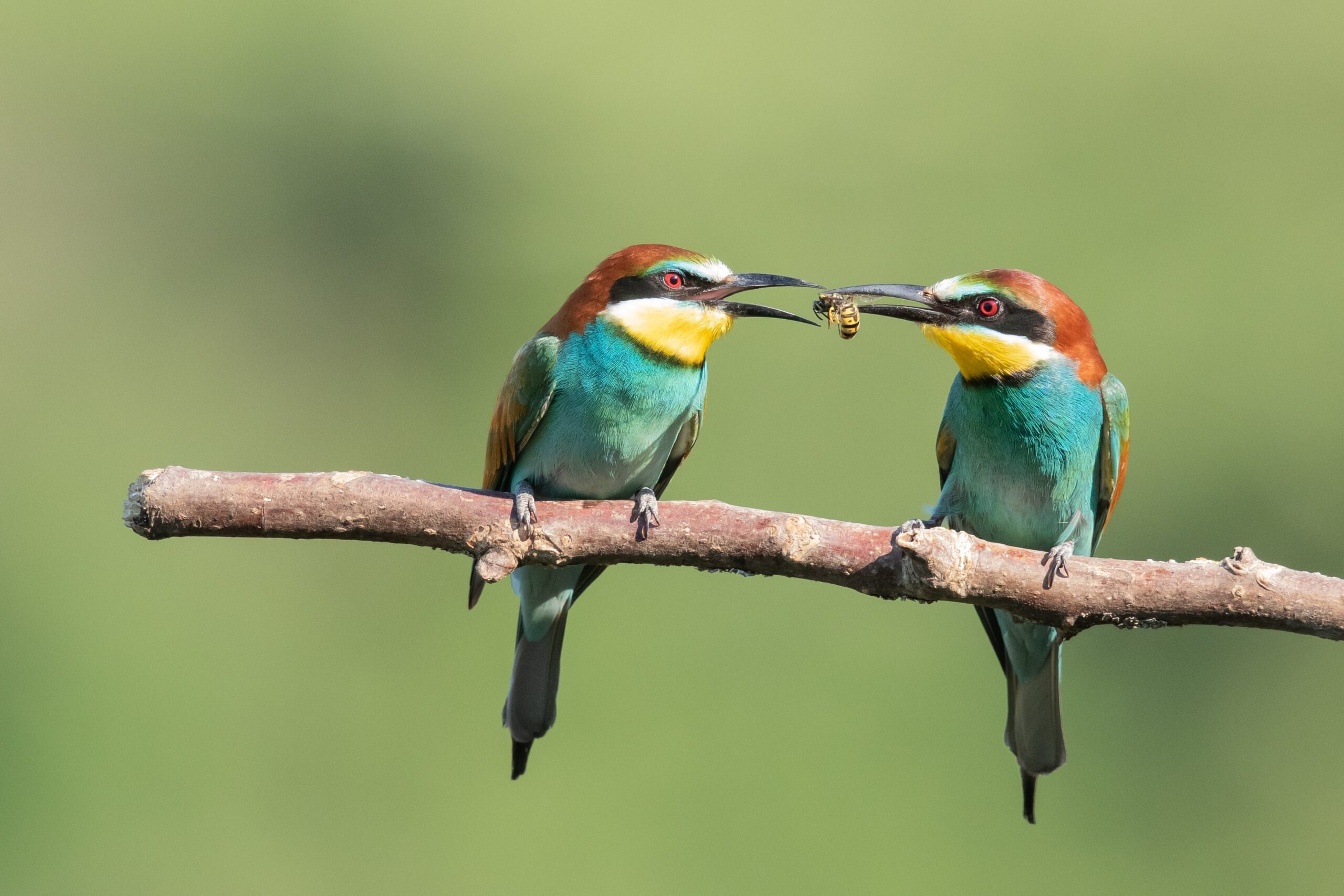
- Birdwatching in Keoladeo National Park
Keoladeo National Park is a paradise for bird lovers, offering a chance to see rare and exotic species up close. The best part? You don’t even need high-end binoculars—many birds can be spotted easily with the naked eye!
🦢 The Iconic Siberian Crane – The Rarest Visitor
✔ One of the rarest migratory birds in the world
✔ Travels more than 6,000 km from Siberia
✔ Unfortunately, sightings have become rare due to habitat destruction
The Siberian Crane was once the star attraction of Keoladeo, but due to declining populations, it has become increasingly difficult to spot. However, conservation efforts are ongoing to bring this majestic bird back to the wetlands.
🦩 Other Must-See Birds in Keoladeo
- Painted Stork – One of the most common and colorful wading birds
- Bar-Headed Goose – Flies over the Himalayas to reach Bharatpur!
- Sarus Crane – The tallest flying bird in the world
- Indian Cormorant – Often seen diving into the water to catch fish
- Kingfisher – Found near water bodies, waiting to catch fish with its sharp beak
During peak season, you can see thousands of birds flocking around the wetlands, creating a spectacular natural spectacle.
- Other Wildlife in Keoladeo National Park
Though Keoladeo is mainly known for birds, it is also home to several mammals and reptiles. Some of the animals you might spot include:
🐒 Rhesus Macaques – Playful monkeys often seen near walking trails
🦌 Spotted Deer (Chital) – Commonly found grazing near the water
🦊 Jackals and Jungle Cats – Elusive predators that hunt small prey
🐍 Indian Pythons – Large non-venomous snakes found in marshy areas
🐊 Monitor Lizards – Slow-moving reptiles often sunbathing on rocks
If you are lucky, you might even spot an Indian Cobra or a Smooth-Coated Otter swimming in the water!
- Best Time to Visit Keoladeo National Park
Keoladeo is open throughout the year, but the best time to visit depends on what you want to see.
🍂 Winter (October – March) – The best season for birdwatching as migratory birds arrive from all over the world.
☀️ Summer (April – June) – Fewer birds, but great for mammal spotting. Can be very hot, so early morning visits are best.
🌧 Monsoon (July – September) – The park turns lush green, and many resident birds start breeding.
Pro Tip: Visit early in the morning (6 AM – 9 AM) or late in the evening (4 PM – 6 PM) for the best bird sightings.
- How to Explore Keoladeo National Park?
Unlike tiger reserves, where you need jeep safaris, Keoladeo offers a more relaxed and eco-friendly way to explore.
🚲 Bicycle Rides – One of the best ways to move around the park at your own pace.
🚴♂️ Rickshaw Safaris – Local guides take you through the park while explaining bird species.
🚶 Walking Trails – Ideal for nature lovers and photographers.
🛶 Boat Rides – Available during monsoon season when the water level is high.
Pro Tip: Hire a trained bird guide—they can spot birds that you might otherwise miss!
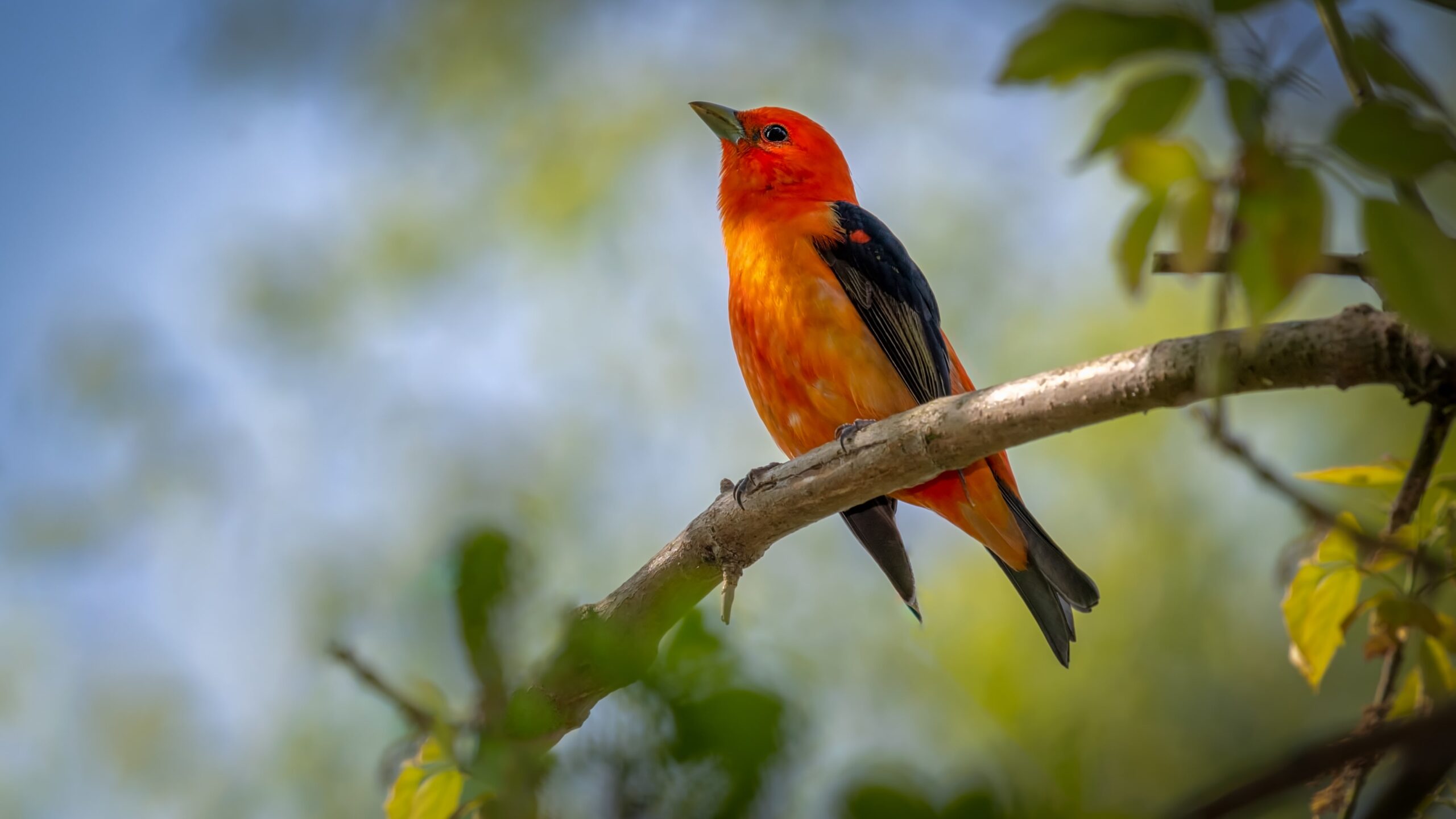
- Where to Stay Near Keoladeo National Park?
Bharatpur has several accommodation options, ranging from luxury resorts to budget guesthouses.
🏰 Luxury Stay:
✔ Laxmi Vilas Palace – A heritage hotel with royal architecture
✔ Bharatpur Forest Lodge – Located inside the park, perfect for birdwatchers
🏡 Mid-Range & Budget:
✔ The Bagh Bharatpur – A peaceful resort with beautiful gardens
✔ Hotel Sunbird – A budget-friendly stay close to the park entrance
For budget travelers, there are many affordable guesthouses near the sanctuary gate.
- Why Keoladeo National Park is a Must-Visit?
✔ One of the best bird sanctuaries in the world
✔ Home to rare species like the Siberian Crane and Sarus Crane
✔ Perfect for birdwatching, photography, and nature walks
✔ Easily accessible from Delhi, Agra, and Jaipur
✔ A peaceful escape from city life
Whether you are a serious birder, a wildlife enthusiast, or someone who just loves nature, Keoladeo National Park offers an unforgettable experience.
Final Thoughts: Is Keoladeo Worth Visiting?
Absolutely! Keoladeo National Park is a hidden paradise for birdwatchers and one of India’s most underrated wildlife destinations. It offers a peaceful retreat filled with beautiful landscapes, rare birds, and unique wildlife.
🚲 Would you like to explore this birdwatcher’s paradise?
Disclaimer All images used in this blog are either sourced from public domain or credited to their respective owners. If you are the copyright holder of any image and wish to request its removal or proper attribution, please contact us at [email protected]



